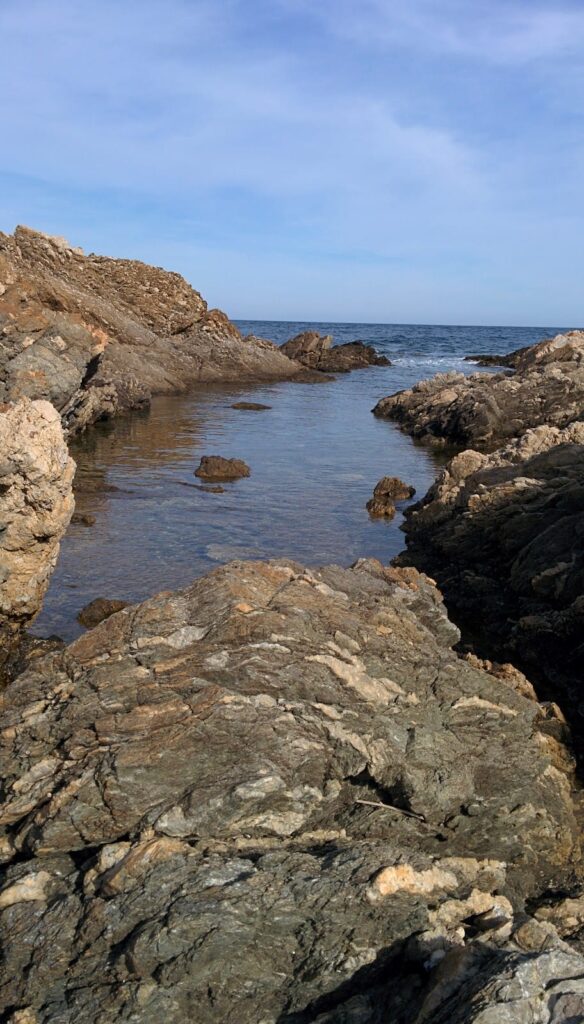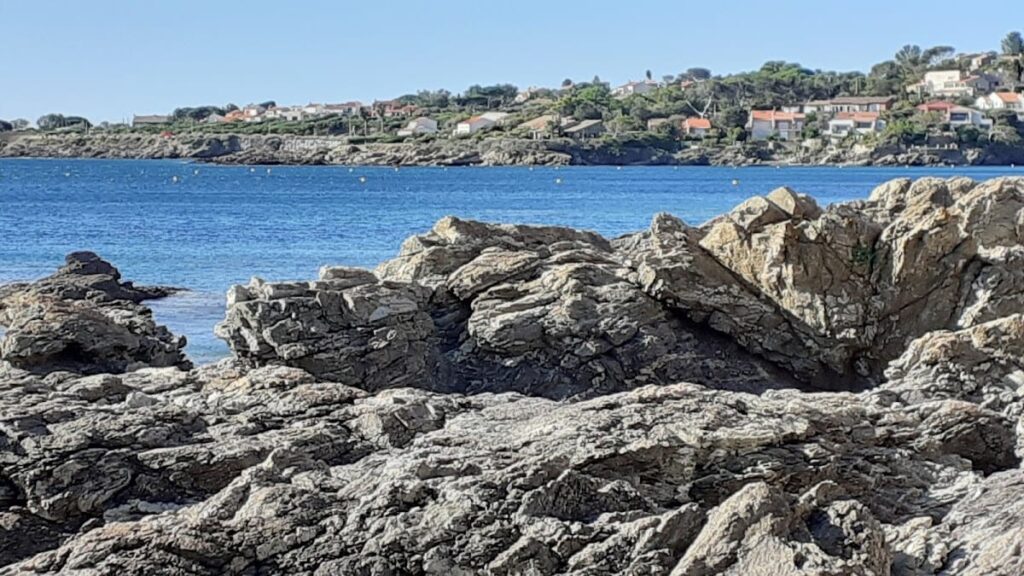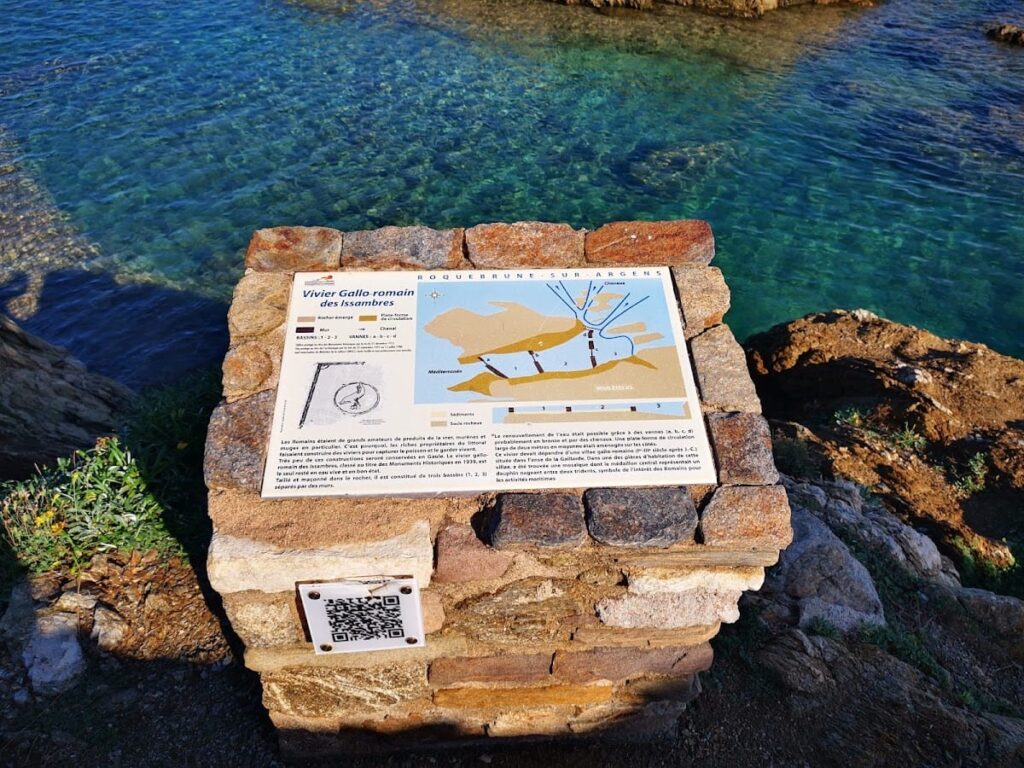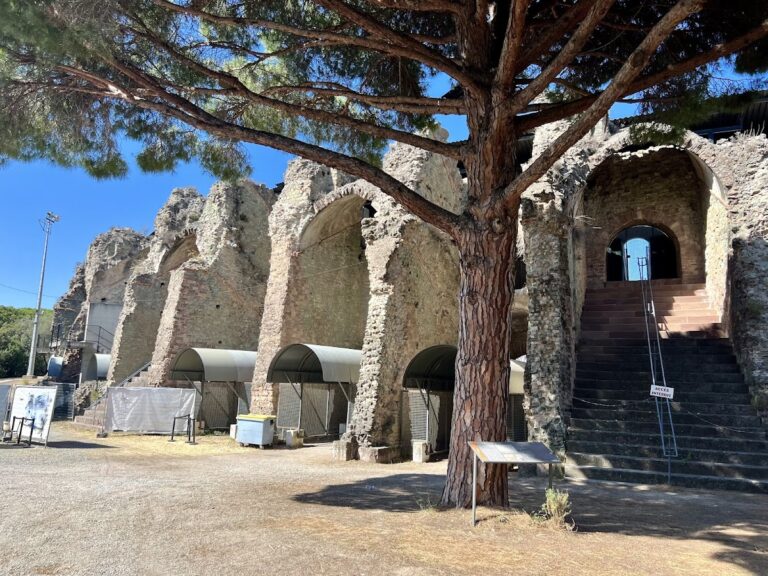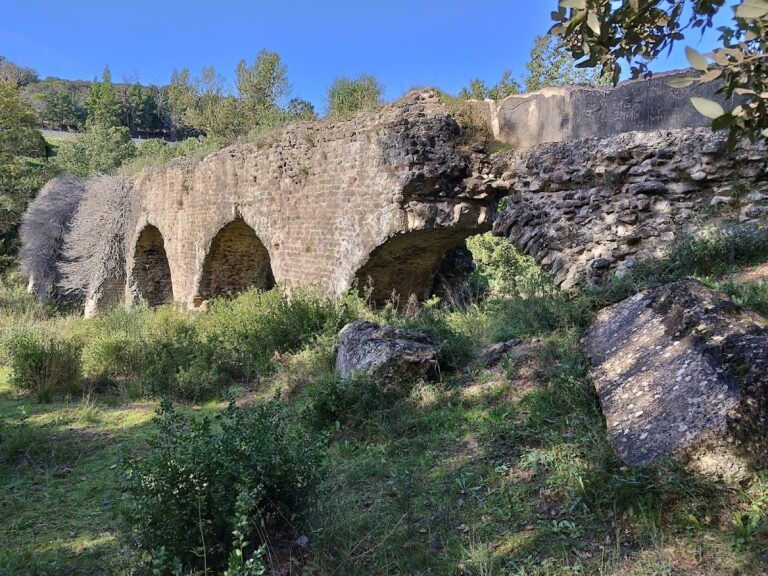Vivier maritime de la Gaillarde: A Roman Fishpond in Roquebrune-sur-Argens
Visitor Information
Google Rating: 4.5
Popularity: Low
Google Maps: View on Google Maps
Country: France
Civilization: Roman
Remains: Economic
History
The Vivier maritime de la Gaillarde is located in Roquebrune-sur-Argens, a town in the Var department of southeastern France. This area was part of the Roman province of Provence during Antiquity.
In the Roman era, the vivier served a practical purpose related to the local economy. It was used to keep fish alive for the production of garum, a fermented fish sauce highly valued in Roman cuisine. This artisanal function distinguishes it from ornamental or villa fishponds, which were primarily decorative. The site’s location in a natural cove, away from residential villas, was likely chosen to minimize the impact of the strong odors produced during garum fermentation.
The closest Roman villa lies about 500 meters away in the Gaillarde valley, indicating a separation between living spaces and industrial activities. The presence of a nearby cistern for storing garum further confirms the site’s role in fish sauce production. The vivier’s use appears to have been closely tied to this specialized industry during the Roman period.
In modern times, the Vivier maritime de la Gaillarde was officially recognized for its historical importance. It was classified as a historic monument by a decree issued on May 23, 1939. This designation highlights the site’s value as evidence of Roman occupation and economic life in the Var region during Antiquity.
Remains
The Vivier maritime de la Gaillarde occupies a natural cove measuring about 20 meters long and between 5 and 12 meters wide. It lies roughly north to south between the shoreline and a group of five rocks. The fishpond is divided into three separate basins by stone walls, each basin differing in width and depth.
Constructed primarily from masonry, the walls formed compartments designed to hold fish alive. The circulation of seawater within these basins was likely controlled by sluice gates or valves, allowing regulation of water flow to maintain suitable conditions for the fish. This system supported a trap-reservoir fishing technique, which enabled the capture and storage of live fish.
The remains mainly consist of the stone walls that outline the basins. Early 20th-century archaeological reports have recorded the layout and structural divisions, which remain sufficiently preserved to understand the vivier’s original design.
Today, the site exists in situ with its masonry walls still visible, though fragmentary. The vivier’s preservation allows for the identification of its artisanal function related to garum production. The nearby cistern, located on an adjacent property, complements the understanding of the site’s role in fish sauce manufacturing during the Roman period.

